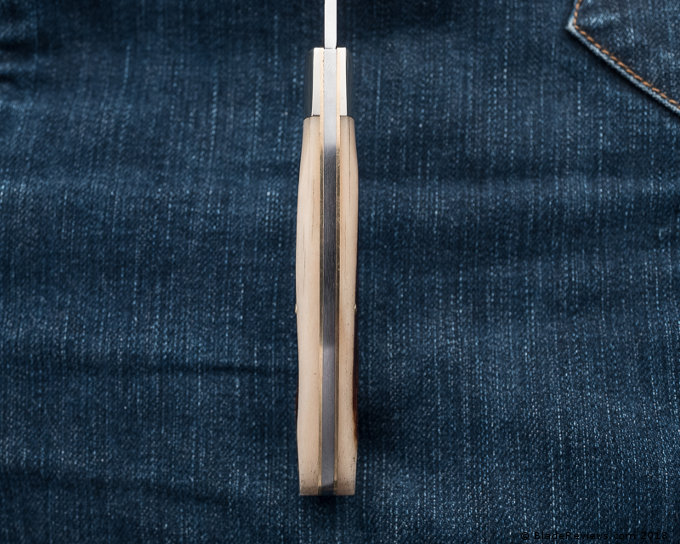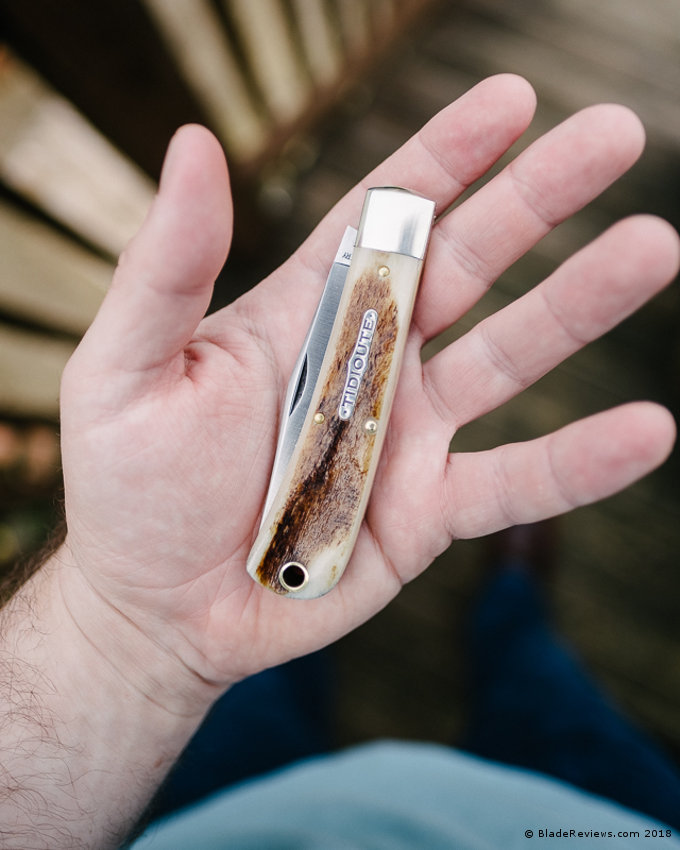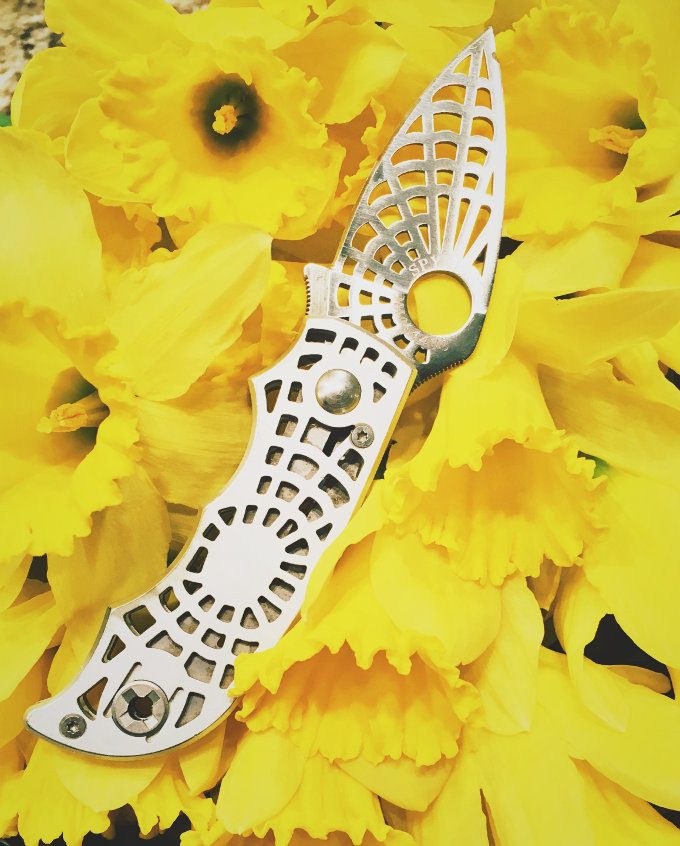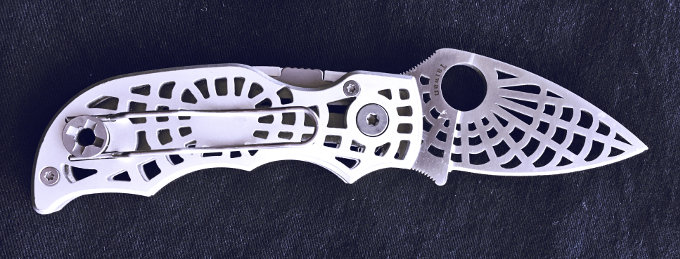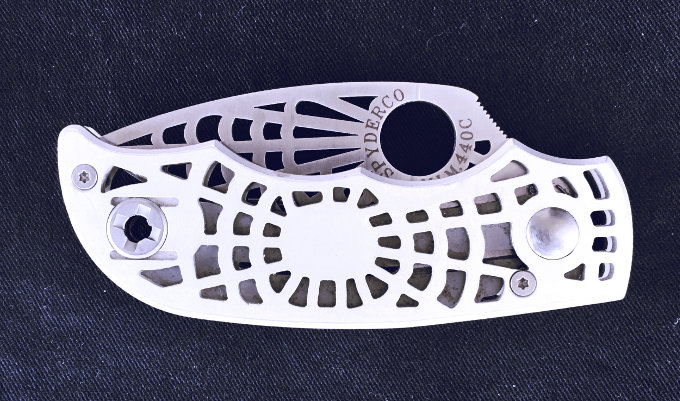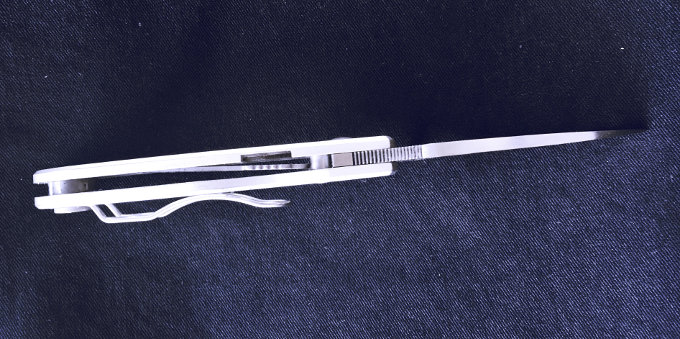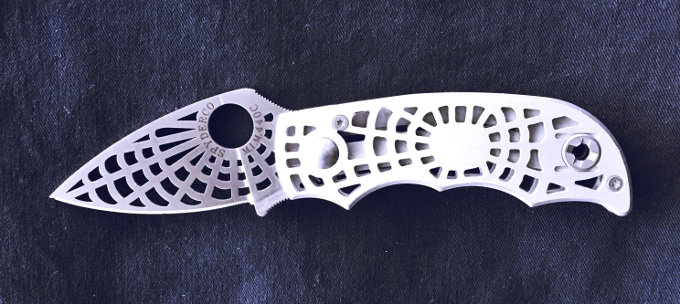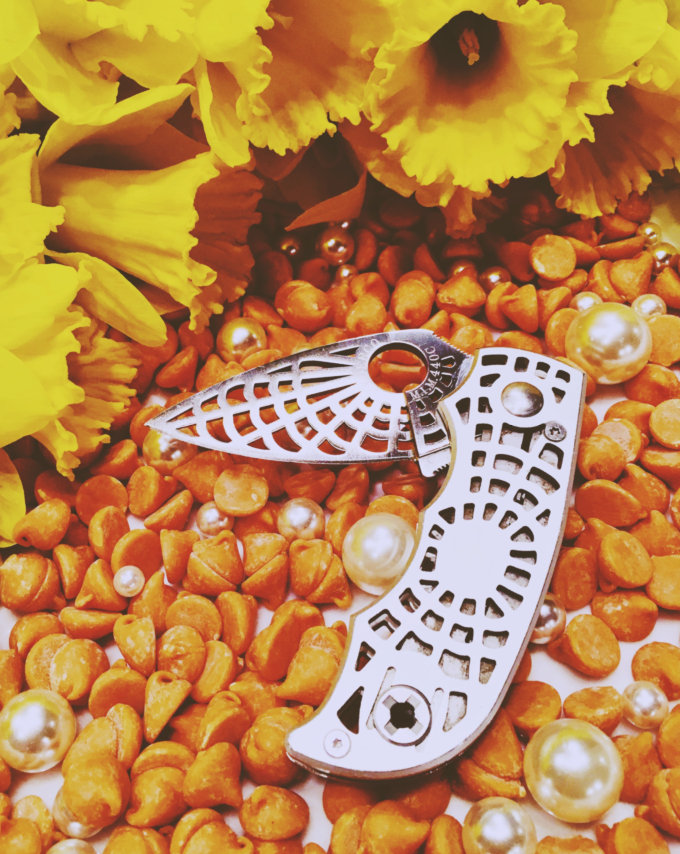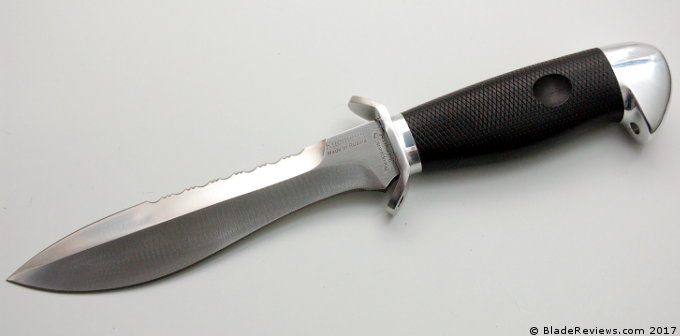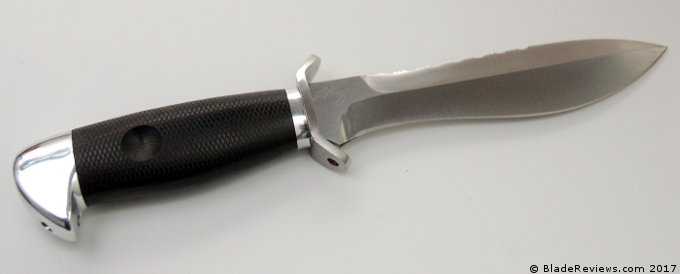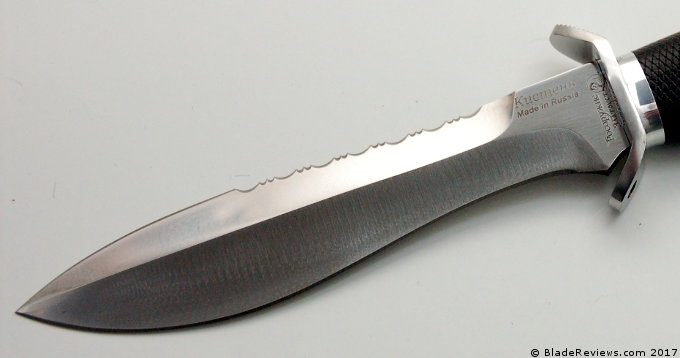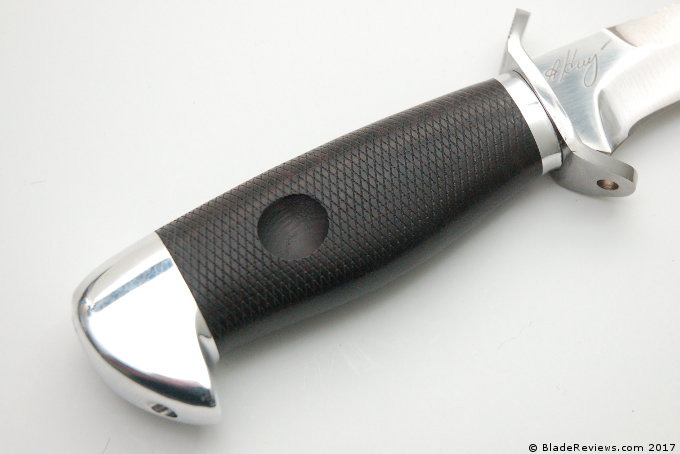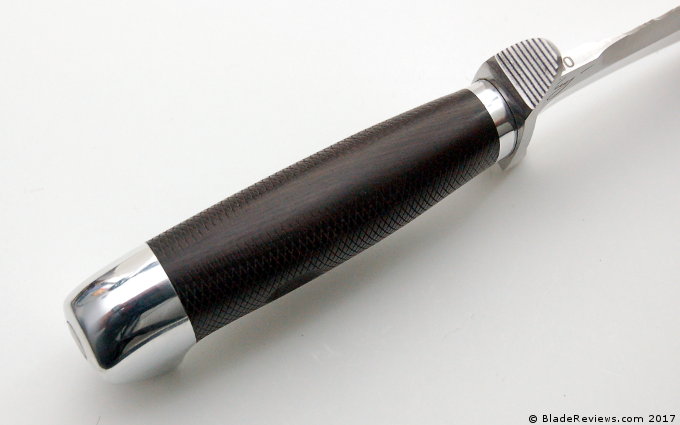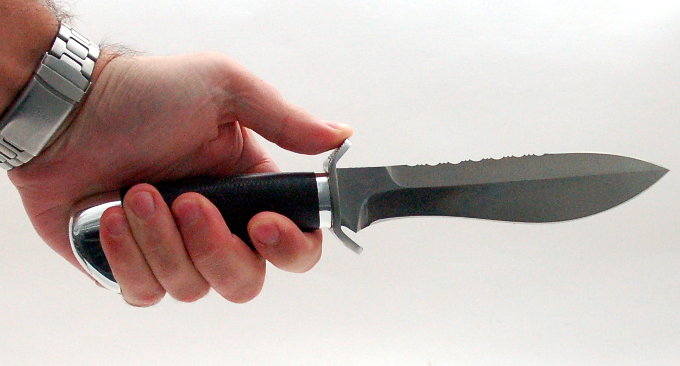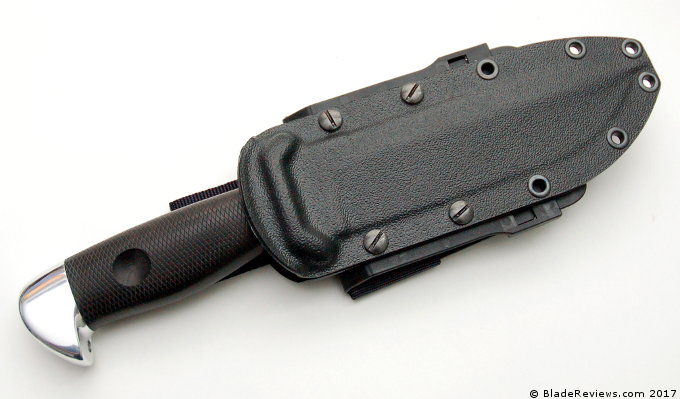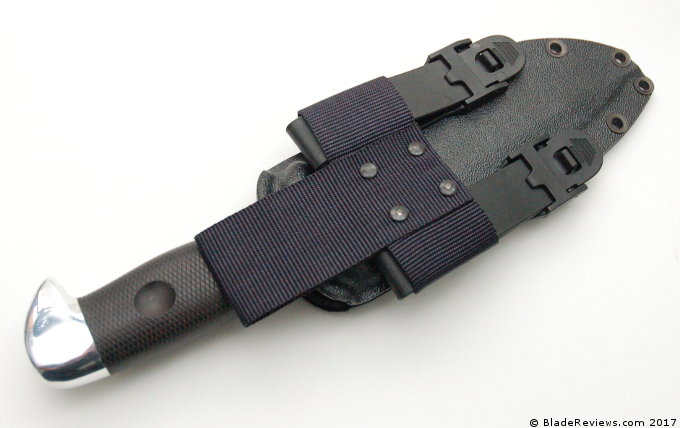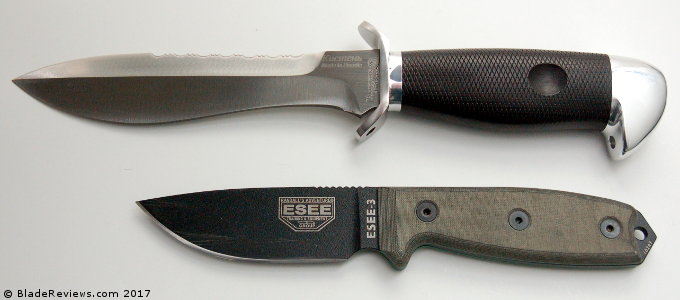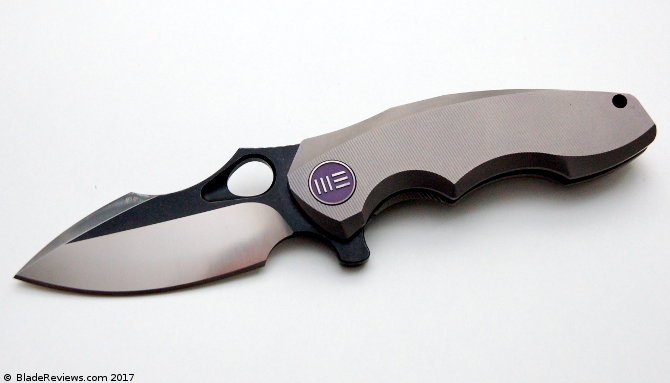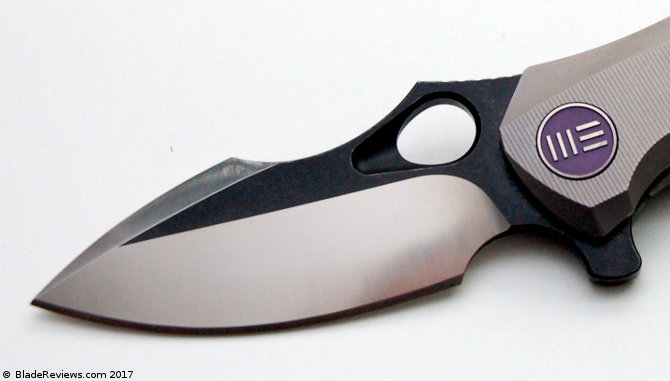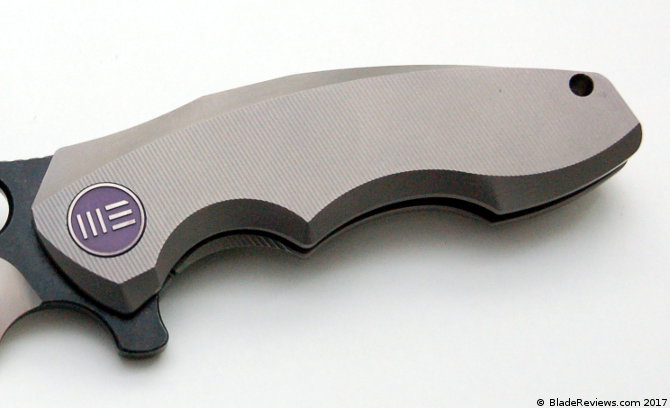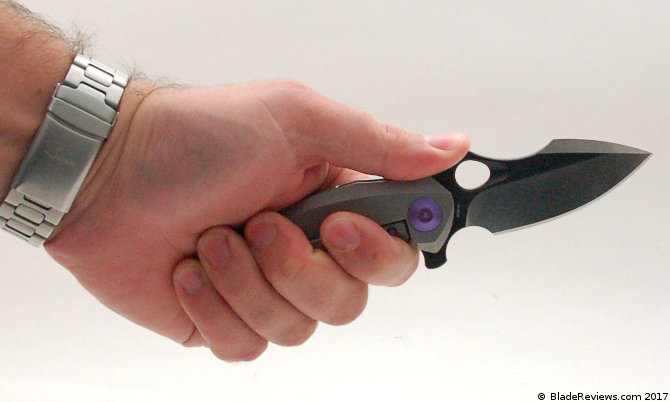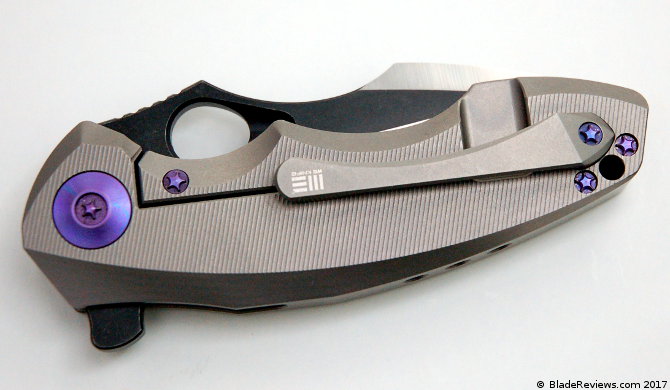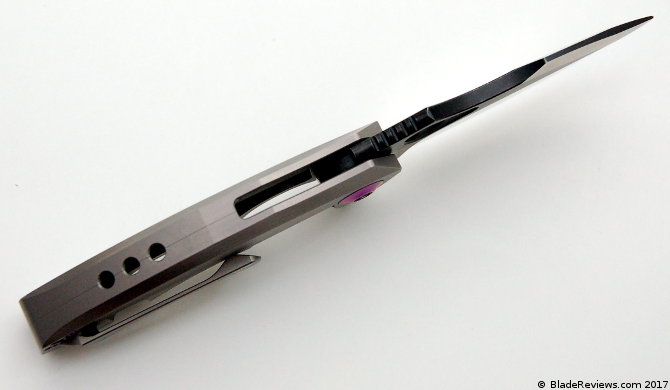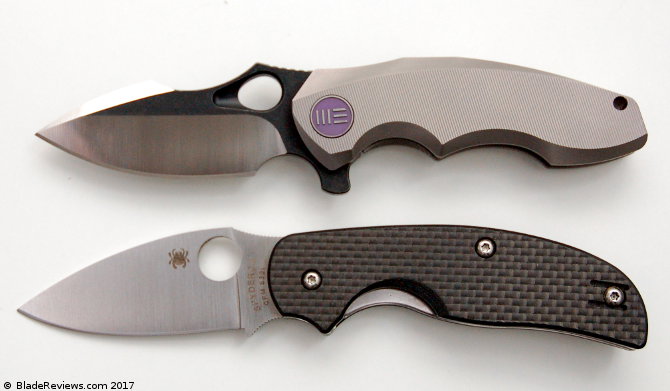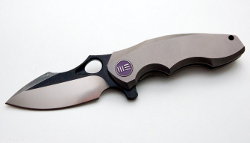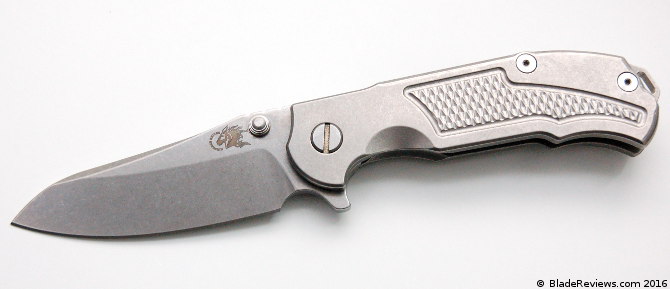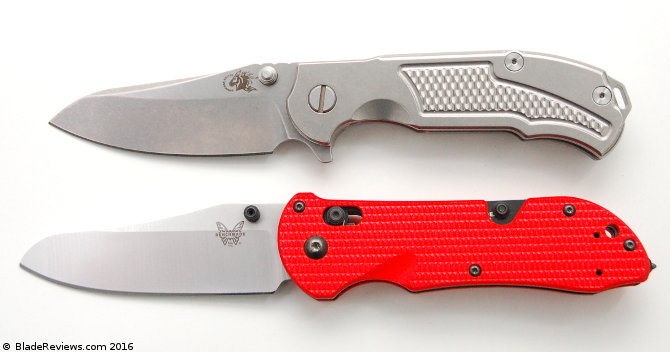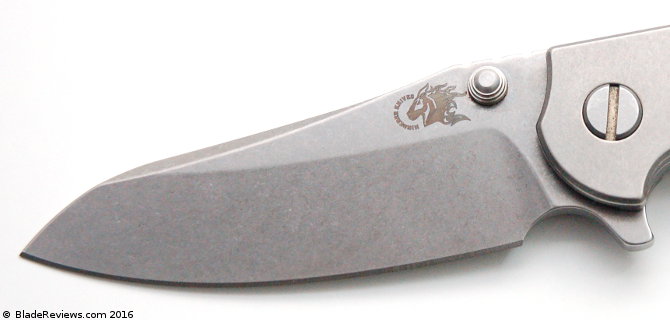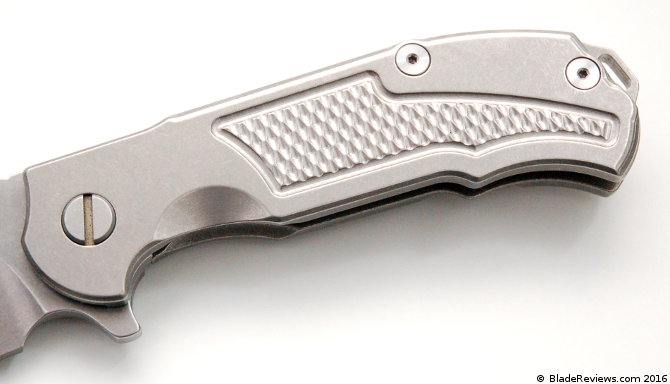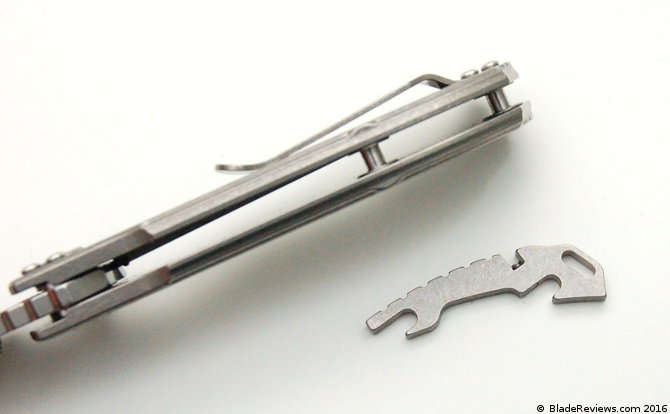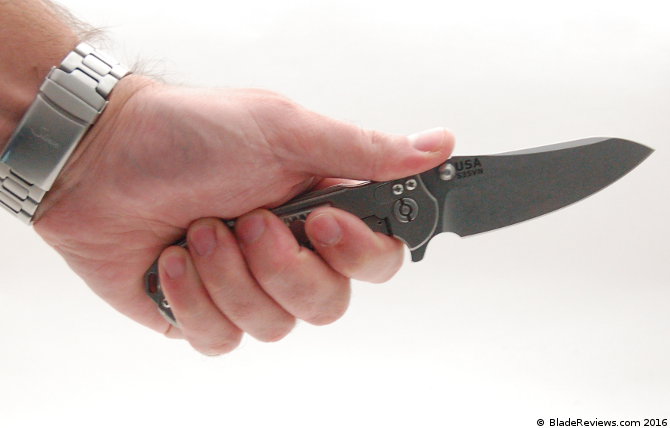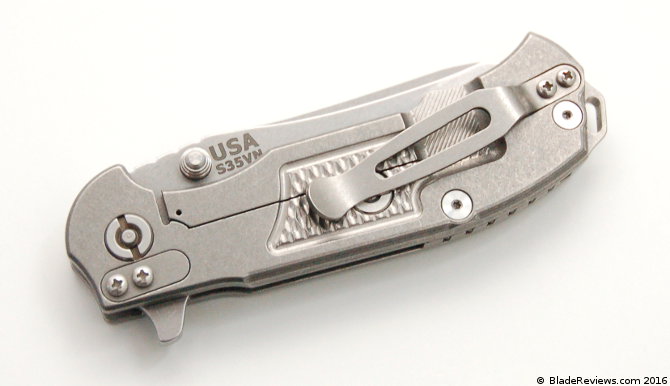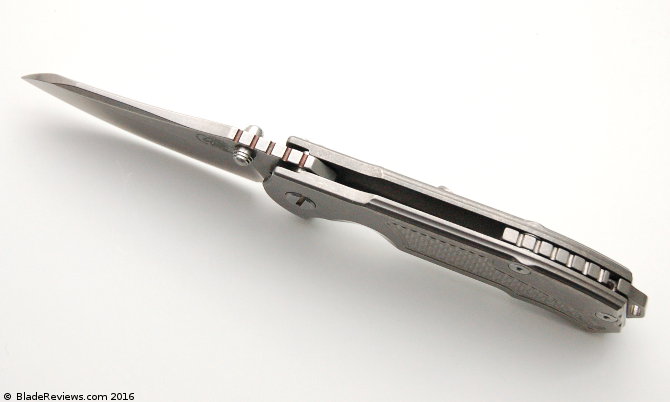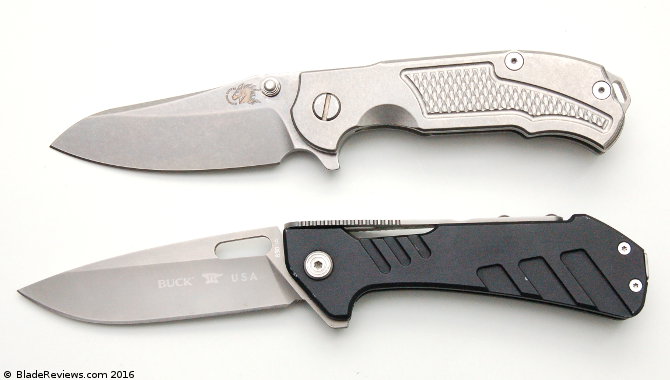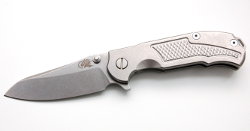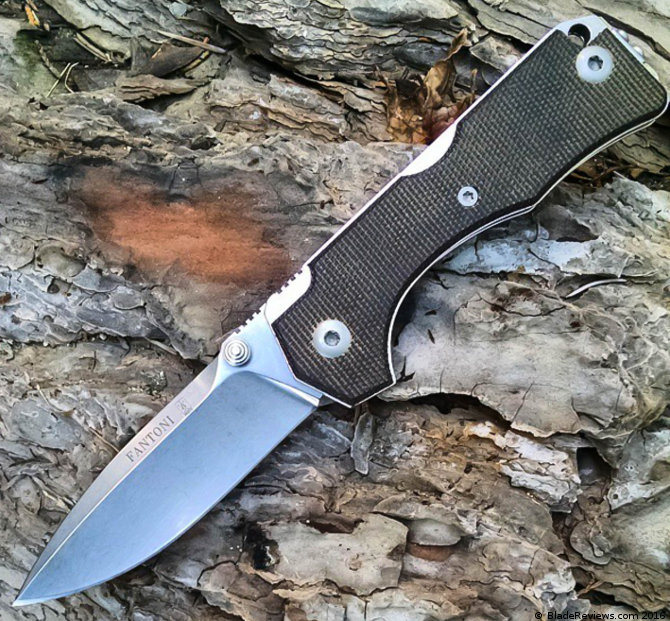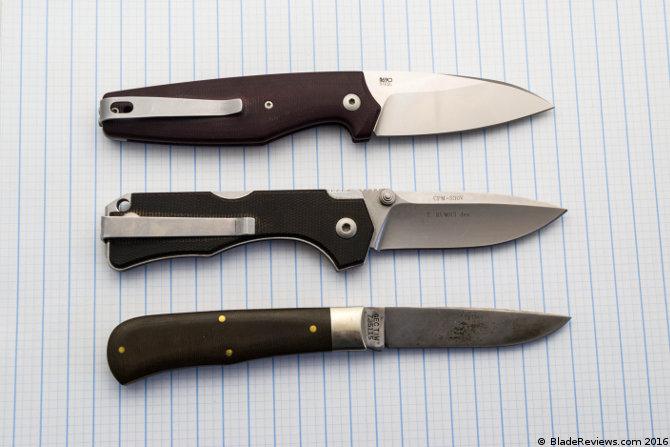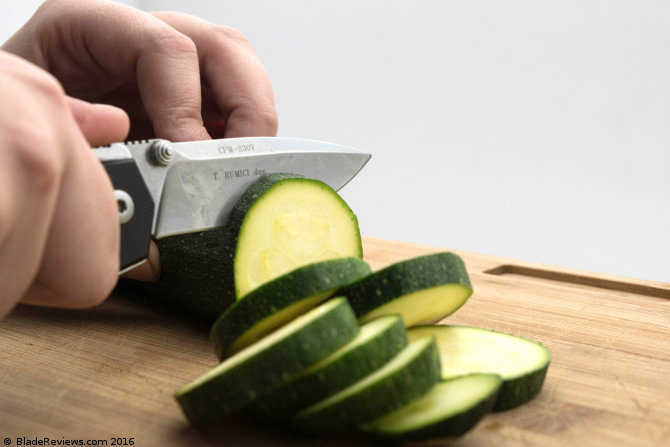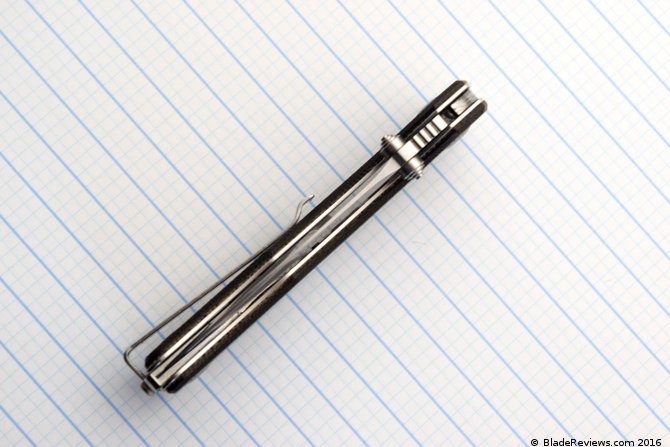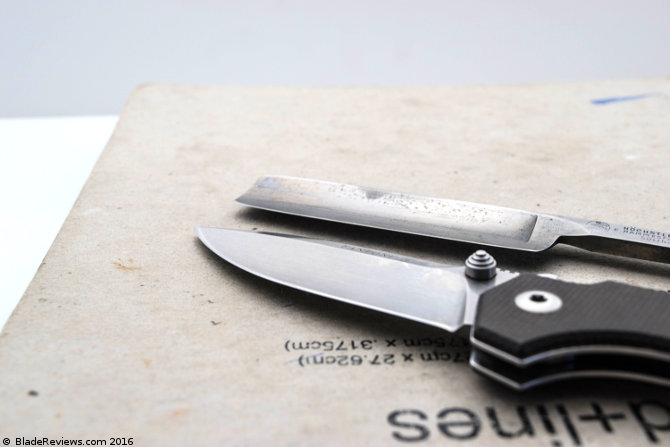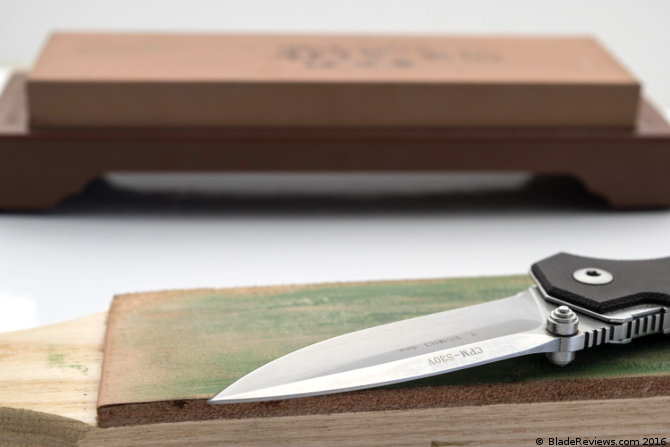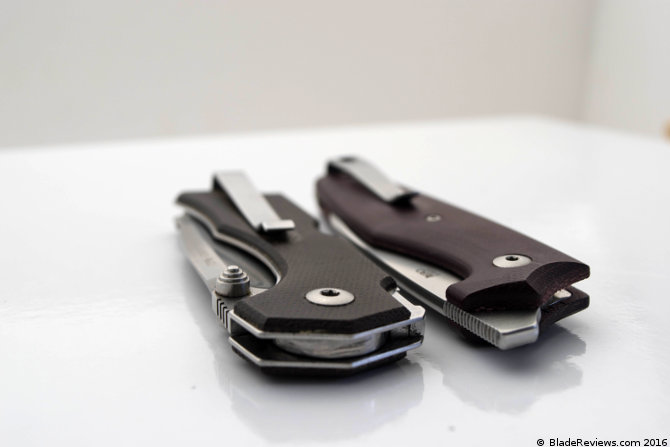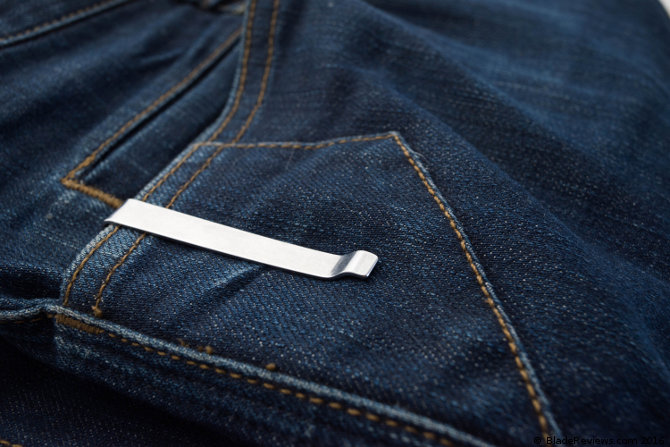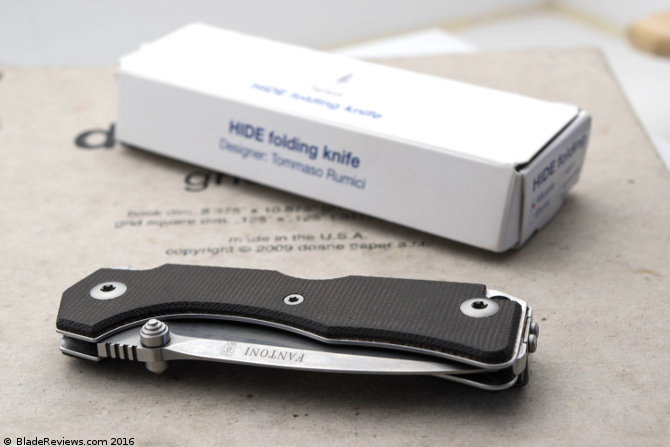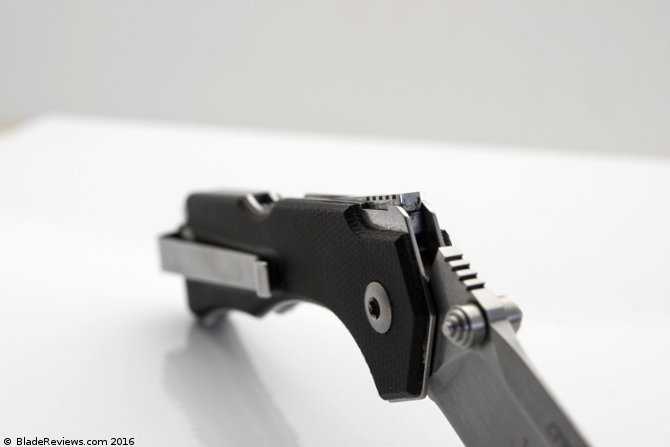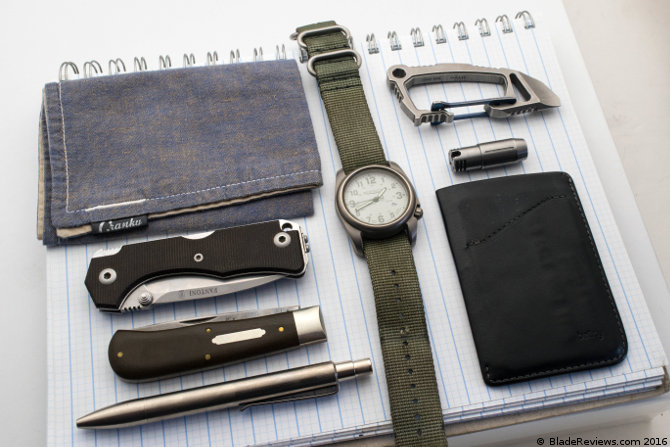I’ll never forget when my family was cleaning out my late Grandfather’s house after he passed. I found an old band-aid tin that was full of a variety (in both style and age) of small multi-bladed slip joints. They were all he carried and on most of them one blade was worn down to a nub, whereas the rest were shiny and like-new. He was a true EDCer, he didn’t think about the concept of carrying things like I do, he just made sure he had what he needed. A traditional knife was always included.
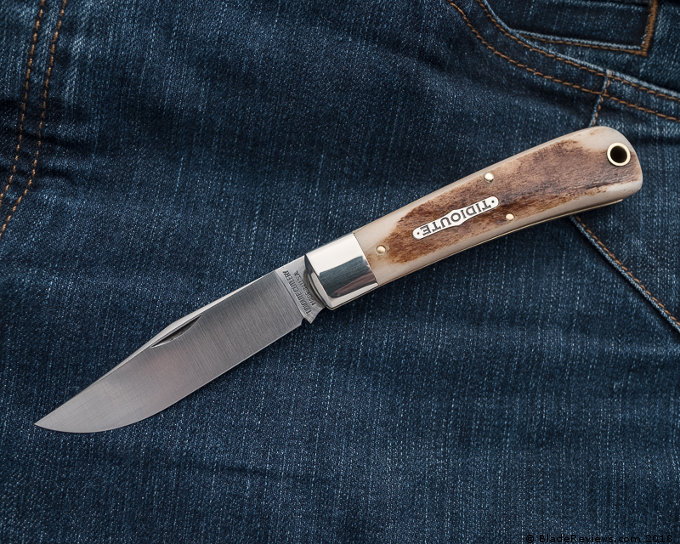
Buy the GEC Oregon Trapper at KnivesShipFree or GPKnives
Slipjoints, or traditional knives, have seen a bit of a resurgence in the last couple years with the knife community at large. So much so that you see dedicated slip joint knives being made by brands like Spyderco, Benchmade, and Lionsteel.
Great Eastern Cutlery while being relatively new on the slip joint scene when compared with the likes of Queen, or Imperial, have been generating new levels of interest and collectibility with traditional knife collectors since their founding in 2009. They’ve reborn some classic brands such as Northfields and Tidioute and honor a lot of the classic production patterns that have been in pockets for decades. All that to say, today we are going to be looking at the Great Eastern Cutlery Tidioute 43 – Oregon Trapper. Now, before we get too far into this review, I want to be upfront and say that I am not a history expert on traditional knives, so please forgive some discrepancies in that regard. This review will take into consideration actually putting the knife in your pocket and carrying it in your day-to-day life. So, without further ado, some specs:
- Blade Length: 3.25”
- Closed Length: 4.25”
- OAL: 7.5”
- Steel: 1095 Carbon Steel
- Weight: 3.8oz
- Handle Materials: “Frontier Bone” handle scales, I think this is just a form of cow bone, but I’m not sure.
I’ve owned a handful of GEC’s knives over the last few years, even been able to get my paws on some of their much sought after Tom’s Choice (or TC by the cool kids) special factory runs. So, when I got the Oregon Trapper in hand I was struck by one thing right off the bat, this knife is large for a slip joint. I was, obviously, aware of the size when I ordered it. The specs were clearly listed on knivesshipfree.com but it wasn’t until I got the knife that I realized exactly how big it is. Now, depending on where you fall in the slip joint community that could be a good thing, or that could be a bad thing. As a tactical knife carrier in recovery, I dig the larger size. I think it’s easy to feel, “under-gunned,” for some reason when you’re carrying a small slip joint knife by itself, but this Oregon Trapper dispels that feeling.
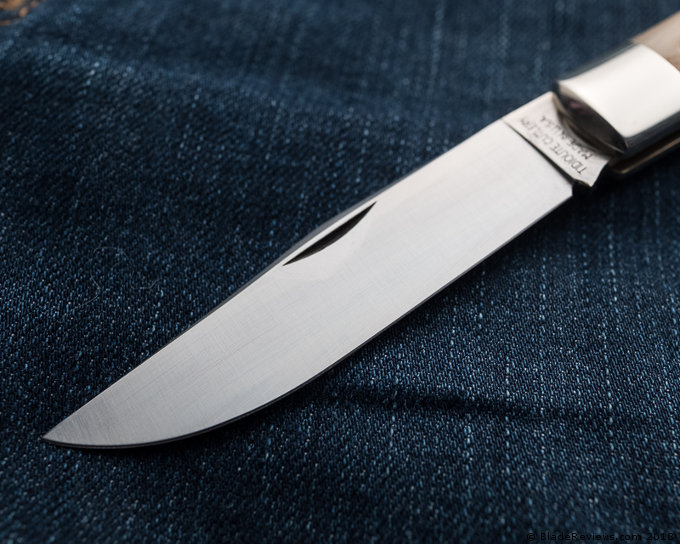
GEC’s chosen steel is the venerable 1095 high-carbon steel. 1095 is like a bowl of vanilla ice cream when it comes to knife steels. It’s really all ya need, but there’s nothing really special here. It’s high-carbon, so it will take and hold a fine edge very well, but it will also stain and rust if you let it. To add onto that, there is also a whole “sub-culture,” that forces patinas on their blades, and I have to admit, a well-done patina (or a naturally formed one over a long period of honest use) looks really, really nice. The steel thickness on the GEC starts at 0.113” and is ground to a blistering 0.018 before the final edge. There are sharp knives, and then there are “sticky” sharp knives where when you lightly touch the edge your skin sticks to it. This knife is the latter.
Handle, Ergonomics, and Carry
As I stated earlier the handles of the GEC 43 Oregon Trapper are made from a material GEC calls it’s “Frontier Bone,” which is a vaguely frightening term that makes you think of bleached buffalo bones in a sandy Arizona desert landscape, however, the truth is less menacing. Frontier Bone is a portion of light cow bone that’s burnt or toasted, and then polished. I think it looks pretty cool and is generally cheaper and easier to find compared to something like stag or jigged bone handles.
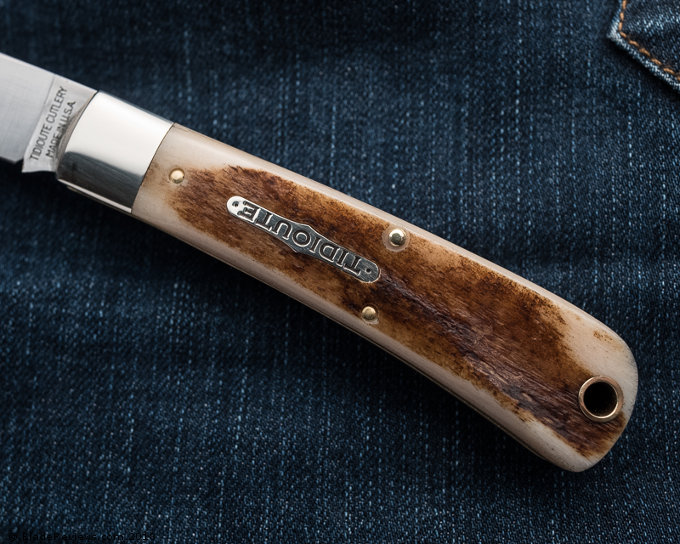
The one catch with GEC’s (and really all traditionals) is that these type of bone handles can vary greatly in thickness. Looking straight down at my example shows that the right-hand scale is slightly concave, whereas the left is convex. So that will always be a gamble with this particular handle material, something like micarta will not have this issue. The handle shape itself is simple, straight back with a slight swell and negative angle at the tail. This allows a solid purchase in hand but doesn’t have any choils or jimps to provide texture.
It terms of carrying the GEC 43, I use a leather pocket sheath. knivesshipfree.com include their own branded buffalo leather pocket slip, that I used for a while. I have a custom pocket slip made by a friend of mine that carries a slipjoint and a Muyshondt Maus. Due to the fact that the knife is a bit larger than your normal slipjoint it may not work with all your carry methods, but it seems to work well with these. I generally suggest some sort of pocket organizer to keep the knife vertical in your pocket, there’s nothing worse than knife sitting sideways in your pocket.
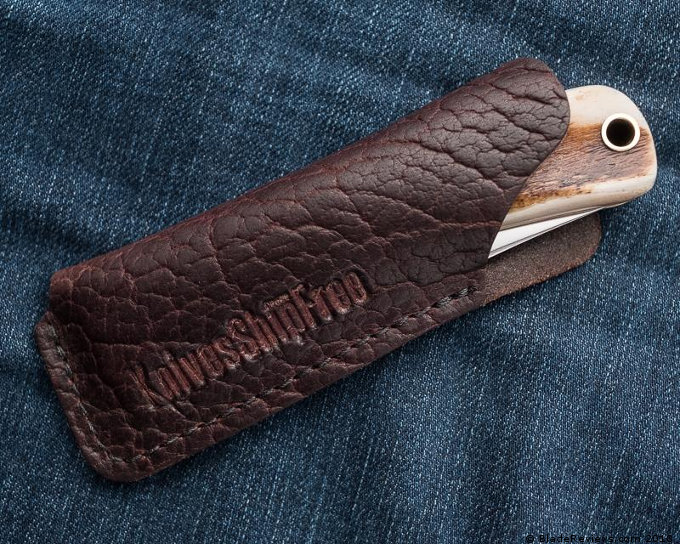
Walk and Talk
Lastly, the action. Slipjoints are measured on a scale of 1-10. 1 being the blade having zero resistance on it from the spring, and 10 being it needs the screaming He-Man strength to open it. Most GEC’s are a 6-7, they have a stronger pull than I like, but are usable and manageable. The Oregon Trapper clocks in at a solid 5, nice and smooth action with a pinch-able blade. I found the walk and talk to be a little spongey, but there is still a good positive half-stop and audible snap when closing/opening. Once opened the knife is solid and doesn’t have any movement side to side. For a production, this is perfectly acceptable.
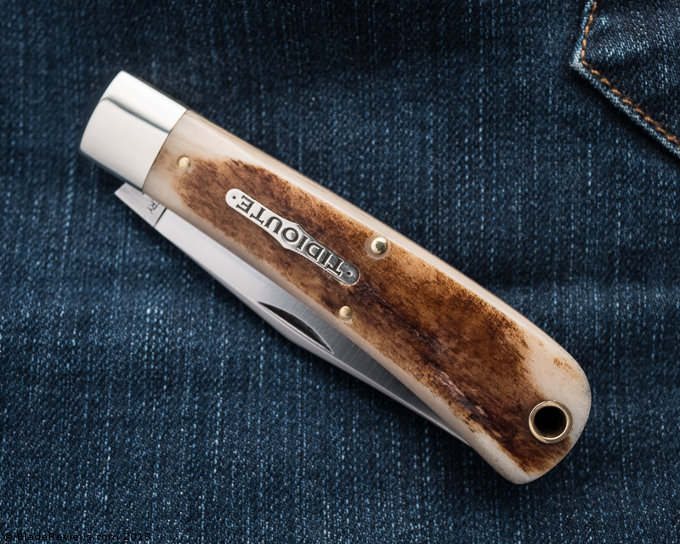
Great Eastern Cutlery Tidioute 43 Oregon Trapper Review – Final Thoughts
So, would I suggest this to someone else? Sure, if what you want is a larger slip joint that could serve as your only EDC knife. I think the decision to transition from a locking folder to a slip joint as part of your EDC is one that takes some consideration. I would personally say that non-locking folder of any sort is more of a lighter-duty knife. So if you’re in law enforcement, construction, fire fighting, etc – I think that you’d need to think long and hard about what the lack of a lock would mean on your knife.
If you’re like me and you work in an office, and primarily open mail, packages, and cut food with your EDC knife, this is an obvious choice; and a great way to introduce some variety into your EDC rotation. As always our preferred source of everything sharp is either from knivesshipfree.com or bladehq.com both of which have this particular Great Eastern Cutlery 43 Oregon Trapper in stock.
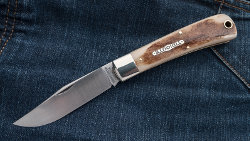
GEC #73 Oregon Trapper
From: KnivesShipFree
Editor: I recommend purchasing the GEC 43 Oregon Trapper at KniveShipFree or GPKnives. Please consider that buying anything through any of the links on this website helps support BladeReviews.com, and keeps the site going. As always, any and all support is greatly appreciated. Thank you very much.
